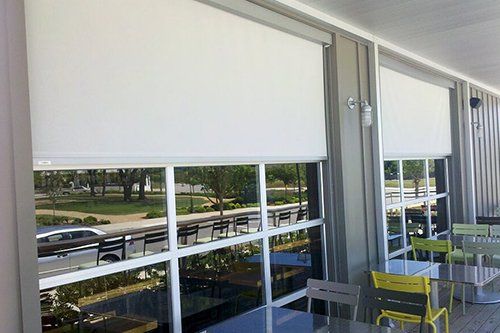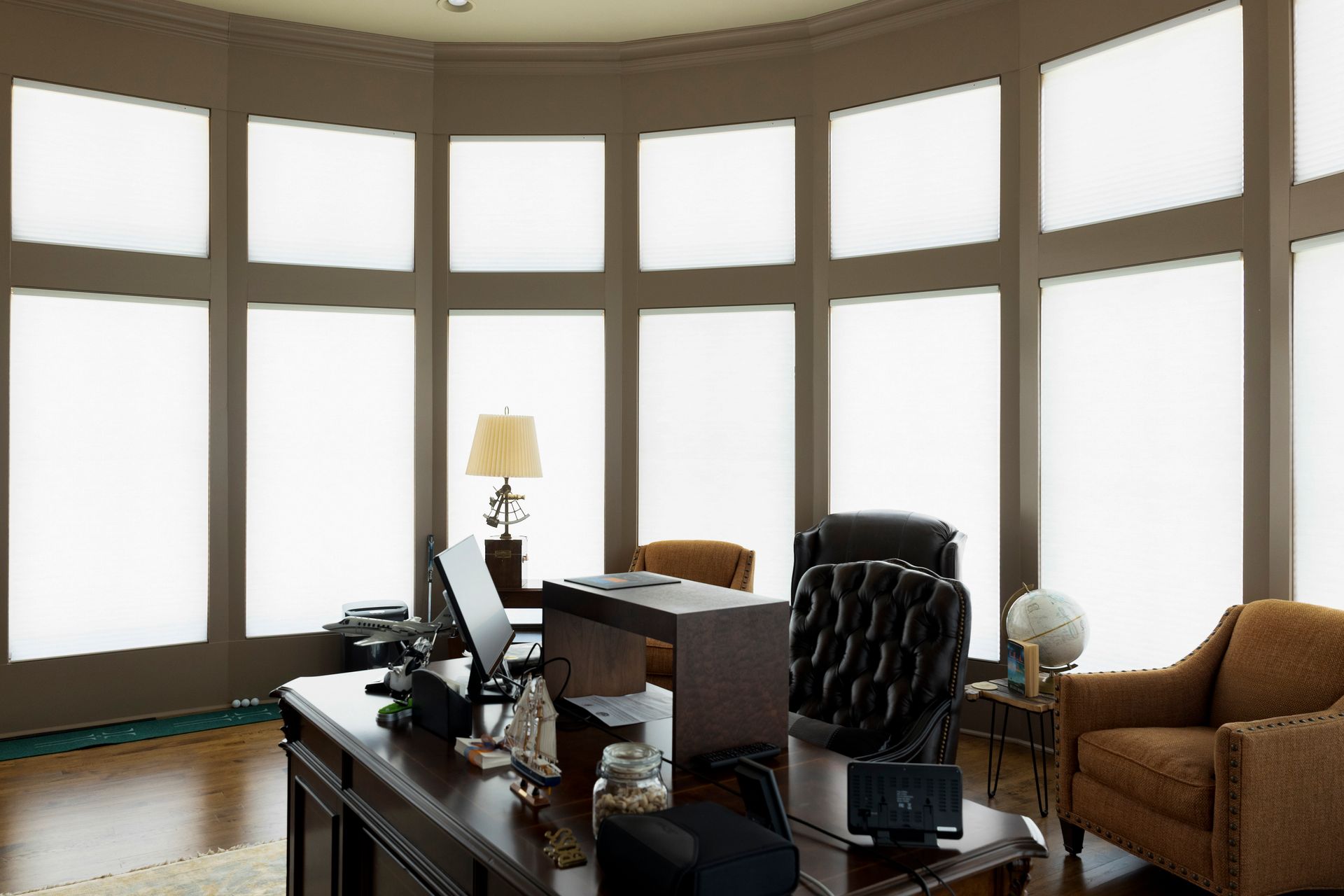Kitchen remodeling has always followed interesting year-on-year trends. Eco-friendly kitchens are on the rise along with darker paint colors and mixed metals. There are many stylish ways to upgrade your kitchen and improve its functional flow. But our favorite kitchen trend this year is the invisible kitchen. Inspired by hotel rooms, tiny houses, and studio apartments; kitchens are getting smaller – even pocket-sized. Combined with the latest in hidden door and no-seam cabinetry techniques, you can design an entire luxury kitchen – and then hide it in a beautiful open-plan room.
The Invisible Kitchen Trend
Invisible kitchens combine sleek cutting-edge kitchen technology with blending interior design. Kitchens are built into nooks and streamlined to take up minimal space. Surfaces and appliances fold out of hidden-handle cabinetry. One-wall kitchens can even be folded away behind a sliding door, making your kitchen truly invisible. With small appliances and a glass-top stove built into the cabinetry, you can build an entire kitchen into your open-plan home without dominating half the family space. In fact, your kitchen can completely disappear.
This trend embraces open-plan living in a new way that provides luxury cooking but doesn’t center life around the kitchen itself. Invisible kitchens can fold away and their entire floor space can be used for other aspects of life.
Invisible kitchen design is also a hot trend in commercial break room design, providing amenities without cluttering decor with a sprawling kitchen space.
Fold-Away and Camouflaged Kitchens
There are two ways to disappear a kitchen. The first is to camouflage the kitchen-like elements. Make the cabinets look like wood paneling and the stovetop to appear as a simple decorative counter. Conceal the kitchen elements, and the kitchen disappears into a well-decorated nook. The other method is a fold-away kitchen, which can be done when a one-wall kitchen is covered by a long sliding door.
Closing the Kitchen Into Cabinets
One popular option is to close your kitchen into cabinetry, turning the space into a craft or dining room more easily. Kitchens can ‘Disappear” behind tall and slide-away cabinet doors. While your kitchen takes up the same amount of space, it no longer dominates the room. This is a great transition for open-plan homes and studio spaces where the kitchen’s floorspace is valuable for other activities. Dancers might fold away their kitchen to safely clear the floor. A folded kitchen makes a more formal open dining room. A kitchen hidden behind cabinetry also makes a better Zoom backdrop for multi-purpose modern homes.
Drawing a Curtain
Instead of cabinets, you can hang a long custom curtain around the countertop space of your kitchen, or even just along the bottom of the lower cabinets to hide the counters. This is a great way to make your kitchen a multi-purpose space without the extra carpentry. You can measure your kitchen for drapes and have custom curtains made from elegant yet washable material.
Countertop Covers for Sink and Stove top
Disappear your kitchen into an elegant sideboard by covering the sink and stove top with elegant blending tops. You can use countertop remnants to make subtle matching tops or you can use polished butcher block for a lovely natural-looking riser. Both can be effective in disguising your sink and stovetop as a simple sideboard countertop. In an office setting, leave the sink open but cover the stovetop during non-meal hours.
Seamless Kitchen Cabinet Design
Cabinet design can be done in many ways. One of the most popular right now is the seamless cabinets that appear to be wood paneling. The handles are indents hidden along the edge or underside of each cabinet door. This makes it easy to blend your cabinets into the hallway design around or create a smooth facade that barely appears to be cabinetry for a kitchen.
Window Treatments for Multi-Space Design
Kitchen windows and open living spaces often have two different designs for curtains and blinds. But a stylish dual-purpose window treatment can help transform your sunny kitchen into a cool living room or craft area when your invisible kitchen is folded away.
Consider replacing your cottage curtains with sleek rolling blinds that match the overall decor of the room. And don’t forget to color-match your window treatments with the unified color scheme of your beautiful multi-purpose room design.
The Disappearing One-Wall Kitchen Door
One-wall kitchens hold a special place in the invisible kitchen trend. From tiny homes to penthouse hotel suites, one-wall kitchens allow you to easily and beautifully disguise a fully-functional kitchen with a single set of panels or doors. One-wall kitchens are recessed into the wall so that the wall is flush with the front of the counter, stove, fridge, and cabinetry. When closed behind panels, a one-wall kitchen can completely disappear.
Are you looking for an all-new way to create a beautiful personalized space? Contact us today for custom window treatments and design innovations to transform your home style.
Expert Advice by Just Blinds


